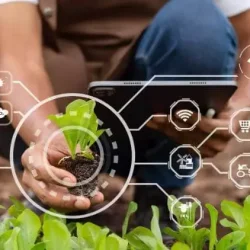11111
Foodmeet - Tracks
- Home
- Foodmeet - Tracks
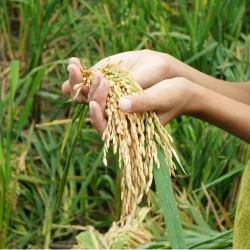
Food Security
In agriculture, food security and climate change are closely related. Due to changing growing seasons, more frequent extreme events (including heatwaves, floods, and droughts), and altered weather patterns, climate change presents serious problems to food production. These disturbances can jeopardize food supply, accessibility, and stability by endangering crop yields, decreasing water availability, and increasing pest and disease pressures.
Food Science & Technology
Using microorganisms like bacteria, yeasts, and fungus to transform organic materials into usable products is known as fermentation technology in agriculture. It is essential for manufacturing bio-based fertilizers and biopesticides, increasing agricultural production, and improving soil health. Composting, improving nutrient availability, and producing probiotics for plants and animals are all accomplished through fermentation processes. Healthy ecosystems and more robust crops are promoted by this sustainable strategy, which lessens the dependency on chemical inputs and encourages ecologically friendly agricultural production methods.
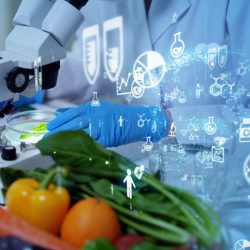
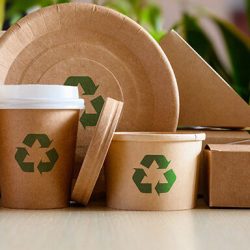
Sustainable Food Packaging
Using eco-friendly materials and cutting waste are the main goals of sustainable packaging solutions in agriculture. Biodegradable, compostable, and recyclable packaging choices derived from renewable resources such as plant fibers, cornstarch, and materials derived from mushrooms are among these possibilities. The agricultural sector may lessen plastic waste, cut carbon emissions, and advance the ideas of the circular economy by implementing such substitutes.
AI in Food Production
By automating processes, increasing productivity, and enhancing accuracy, artificial intelligence (AI) and robotics are revolutionizing the agricultural food production industry. Large volumes of data from sensors and drones are analyzed by AI-driven systems to track crop health, forecast yields, and identify pests or illnesses. Planting, harvesting, and weeding are automated using robotics, such as self-governing tractors and harvesters, which lower labor costs and minimize human error. By improving crop management, fertilizer application, and water use, these technologies also make it possible to adopt more environmentally friendly farming methods. AI and robotics work together to increase output, lessen their negative effects on the environment, and build more robust food production systems.

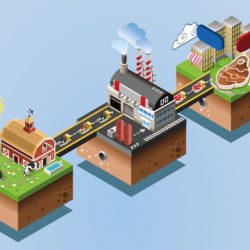
Food Safety & Traceability
In agriculture, food safety and traceability are essential for guaranteeing the integrity, safety, and quality of food items across the supply chain. Farmers, processors, and retailers can track food from farm to table with the use of cutting-edge technology like blockchain, RFID, and the Internet of Things. This allows for real-time monitoring of production conditions and quick identification of possible sources of contamination. This traceability increases transparency, fosters consumer trust, and helps reduce foodborne infections. The agriculture sector can respond swiftly to recalls, uphold adherence to safety regulations, and guarantee the safe consumption of food worldwide by improving traceability.
Nutraceuticals
In agriculture, food products that provide health advantages beyond basic nutrition are referred to as functional foods and nutraceuticals. These include foods that have been enhanced with bioactive substances, like vitamins, probiotics, and antioxidants, which can strengthen immunity, avoid chronic illnesses, and advance general health. By producing crops with improved nutritional profiles through biofortification or by employing cutting-edge agricultural methods to create functional components, agriculture plays a significant role.
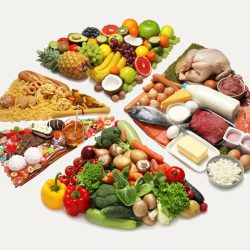
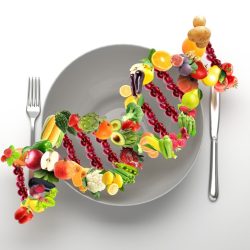
Personalized Nutrition
In agriculture, personalized nutrition refers to adjusting food production and consumption to suit each person’s unique genetic makeup, lifestyle, and health requirements. Farmers may now cultivate crops with particular nutritional qualities, such improved vitamins, minerals, or antioxidants, to promote desired health outcomes thanks to developments in genetics, data analytics, and precision agriculture. Based on dietary preferences and individual health information, this method can also help consumers choose meals that will maximize their well-being. The industry can contribute to bettering public health, lowering the prevalence of diet-related illnesses, and developing more sustainable and individualized food systems by combining personalized nutrition with agricultural techniques.
Food Toxicology
Food is one of the most essential materials for the survival of living organisms, in addition to oxygen and water. Food toxicology deals with the substances found in food that, when consumed, may cause harm to the consumers. Therefore, the practice of food toxicology involves detecting toxic substances in food, characterizing their properties, studying their fate in the body (absorption, distribution, metabolism, and excretion), and investigating their adverse health effects. Toxic substances can be naturally present in food, formed when the food is cooked, added directly to food, or they can find their way into food from the immediate environment, such as packaging.
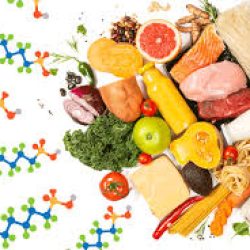
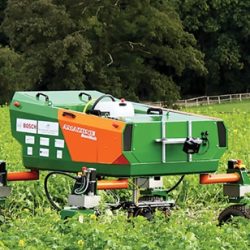
Soil Science
The study of soil as a natural resource on Earth’s surface, including its formation, classification, and mapping, as well as its physical, chemical, biological, and fertility characteristics and how they relate to soil use and management, is known as soil science.
The two primary fields of soil science are pedology, which studies the morphology, chemistry, formation, and categorization of soil, and edaphology, which studies the interactions between soils and living organisms, particularly plants. Terms pertaining to various fields are occasionally used interchangeably with soil science.
Vertical Farming and Urban Agriculture
Urban agriculture and vertical farming are creative ways to raise food in cities while making use of scarce resources and Vertical farming is the process of producing crops using hydroponics, aeroponics, or aquaponics in stacked layers or towers, frequently in controlled indoor environments. This technique allows for year-round production, decreases water use, and eliminates the need for vast land plots. In contrast, urban agriculture involves cultivating food in urban areas using rooftop farms, communal gardens, and urban greenhouses. By using urban areas to grow fresh, nutrient-dense crops close to consumers, these strategies increase local food security, lower the carbon footprint of food transportation, and advance sustainability.
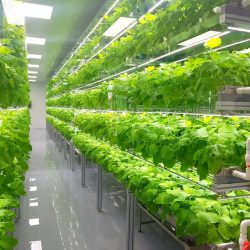
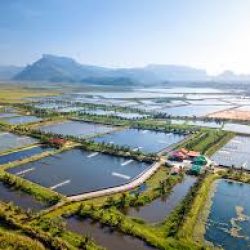
Agriculture and Aquacluture
Aquaculture can also be defined as the breeding, growing, and harvesting of fish and other aquatic plants, also known as farming in water. It is an environmental source of food and commercial products that help to improve healthier habitats and are used to reconstruct the population of endangered aquatic species. Technology has increased the growth of fish in coastal marine waters and open oceans due to the increased demand for seafood
Dairy production
Dairy products or milk products, also known as lacticinia, are food products made from or containing milk.The most common dairy animals are cow, water buffalo nanny goat, and ewe. Dairy products include common grocery store food around the world such as yogurt, cheese milk and butter.A facility that produces dairy products is a dairy. Dairy products are consumed worldwide to varying degrees.Some people avoid some or all dairy products because of lactose intolerance, veganism, environmental concerns, other health reasons or beliefs.
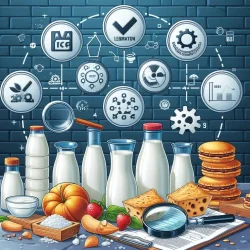
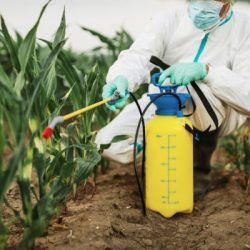
Integrated Pest Management
An environmentally friendly method of pest control called integrated pest management (IPM) uses a variety of techniques to reduce crop damage and lessen the need for chemical pesticides. IPM incorporates methods including mechanical controls (traps and barriers), cultural practices (crop rotation and resistant plant varieties), biological control (using natural predators), and, where needed, the prudent use of chemicals. IPM assists farmers in making well-informed decisions by keeping an eye on pest populations and environmental circumstances, which lessens the impact of pests on the environment and the losses they cause.
Food Waste Reduction
Reducing losses at each step of the food production and supply chain, from the farm to the consumer, is the aim of food waste reduction in agriculture. In the field, this means enhancing harvesting techniques, optimizing storage and shipping processes to reduce spoiling, and leveraging state-of-the-art technologies like cold-chain management and sensors to check food quality. Increasing consumer knowledge, enhancing portion management, and coming up with inventive applications for leftover food are all necessary to reduce food waste. Agriculture can also contribute by reusing faulty food into goods with additional value.
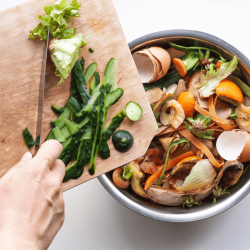
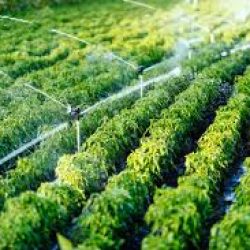
Smart Irrigation Systems
To maximize water utilization in agriculture, smart irrigation systems make use of cutting-edge technologies including sensors, weather data, and automation. These devices supply water exactly when and where it’s needed by keeping an eye on plant needs, soil moisture levels, and weather predictions. Smart systems increase water efficiency, decrease water waste, and improve crop health by modifying irrigation schedules in real-time. This technology promotes sustainable agricultural methods and tackles issues like water scarcity while helping farmers save water, reduce energy expenses, and boost crop yields.
Plant-Based Proteins
In agriculture, plant-based and alternative proteins are becoming more popular as sustainable substitutes for conventional animal-based protein sources. There are several advantages to these proteins, which come from plants like soy, peas, lentils, and quinoa as well as novel sources like fungus, algae, and lab-grown meat. Compared to animal farming, they generate fewer greenhouse gas emissions and consume fewer resources, including water and land. Plant-based and alternative proteins can address food security, enhance health outcomes, and lessen the environmental effect of food production by diversifying protein sources.
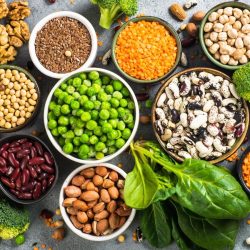
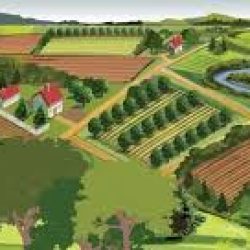
Agroforestry and landscaping
Agroforestry, sometimes referred to as forest farming or agro-sylviculture, is a method of managing land use that incorporates trees with grazing or crops. It blends technology from forestry and agriculture. An agroforestry system, being a polyculture system, can yield a variety of goods from both wild and domesticated species, including timber and wood products, fruits, nuts, other edible plant products, edible mushrooms, medicinal plants, ornamental plants, and animals and animal products.
Climate-Smart Agriculture
The term “climate-smart agriculture” (CSA) describes farming methods intended to boost agricultural output while also adjusting to and lessening the effects of climate change. The three primary goals of CSA are to decrease greenhouse gas emissions, increase food security in a sustainable manner, and strengthen farming systems’ resistance to climate change. This covers tactics such using precision agriculture technologies, agroforestry techniques, effective irrigation systems, and drought-resistant crop planting.
